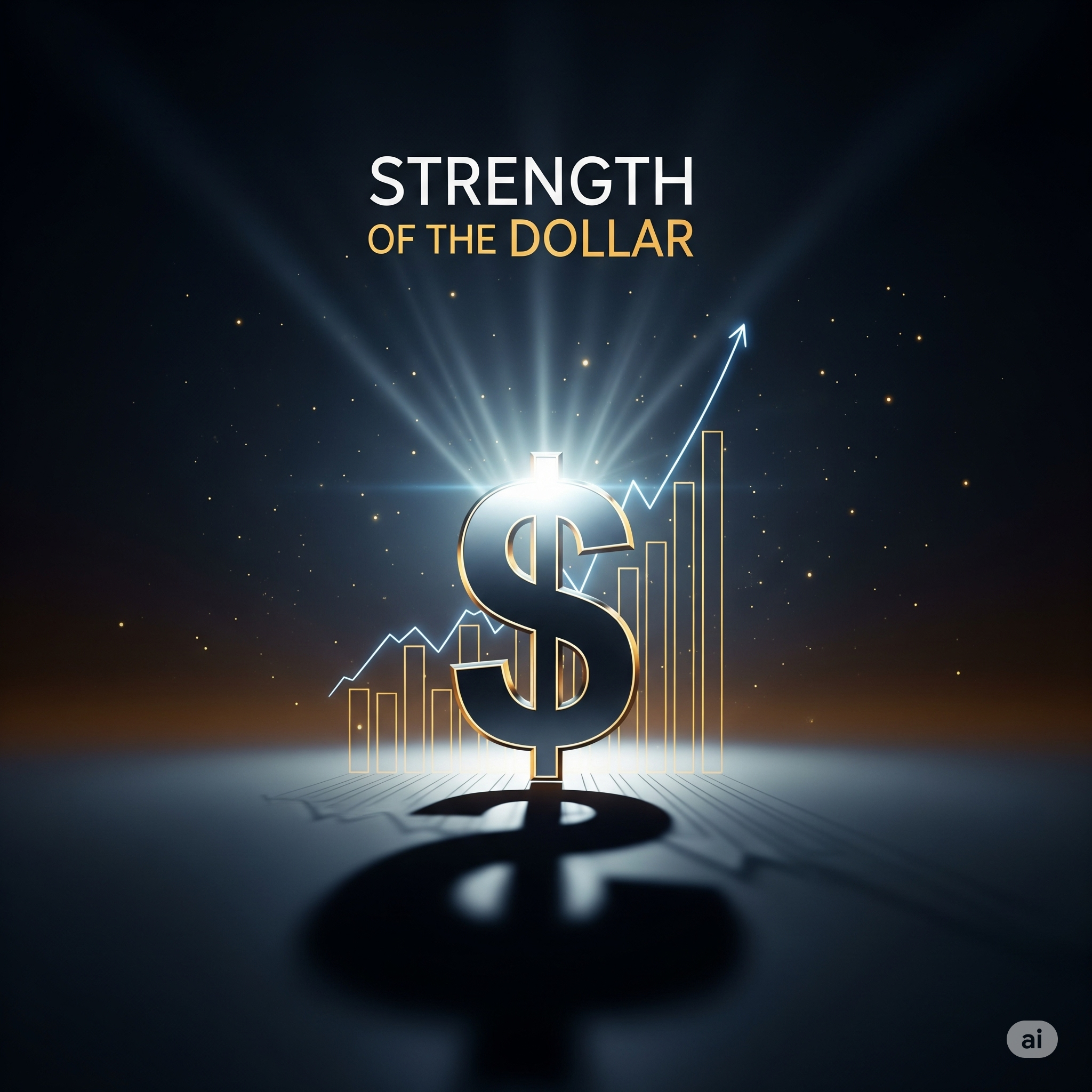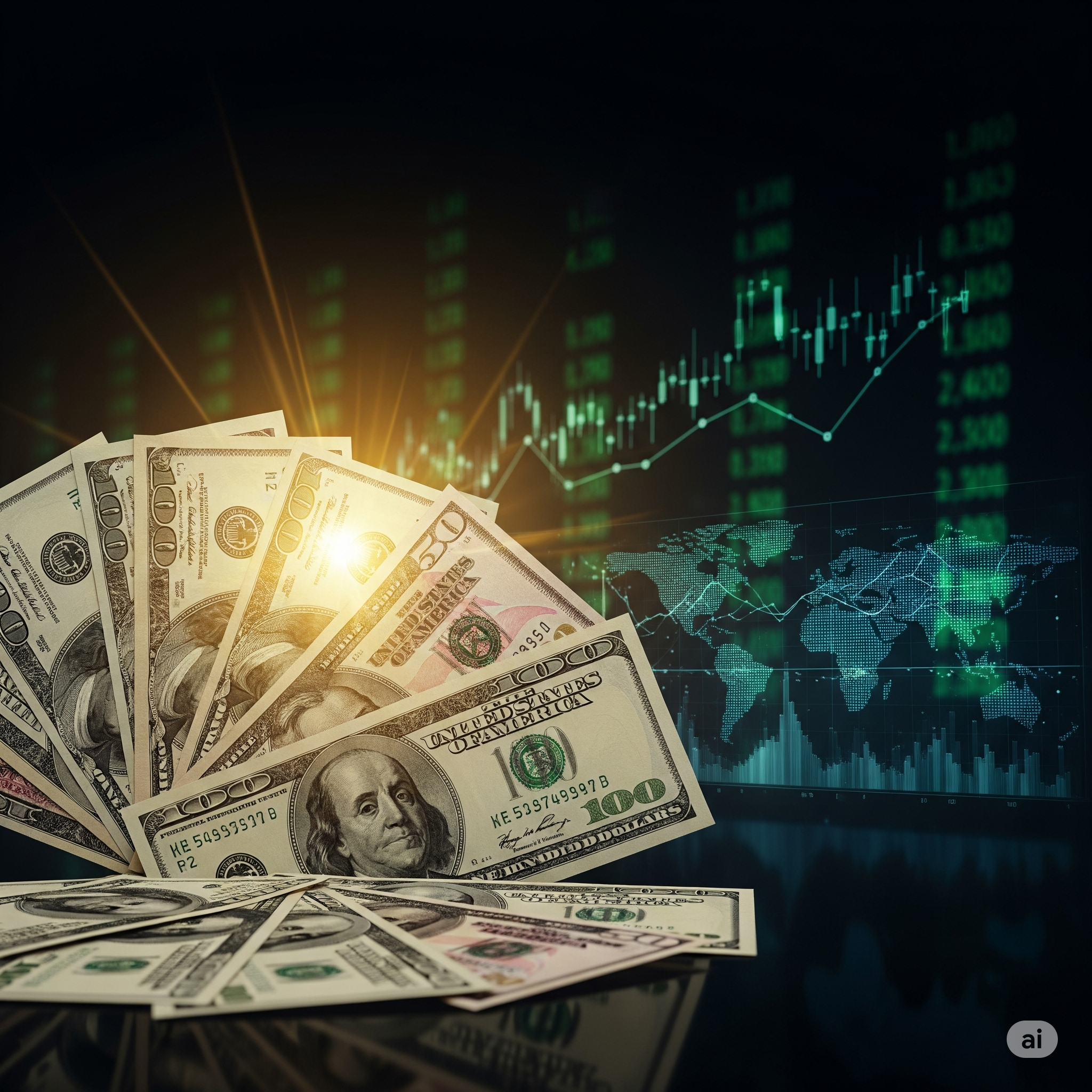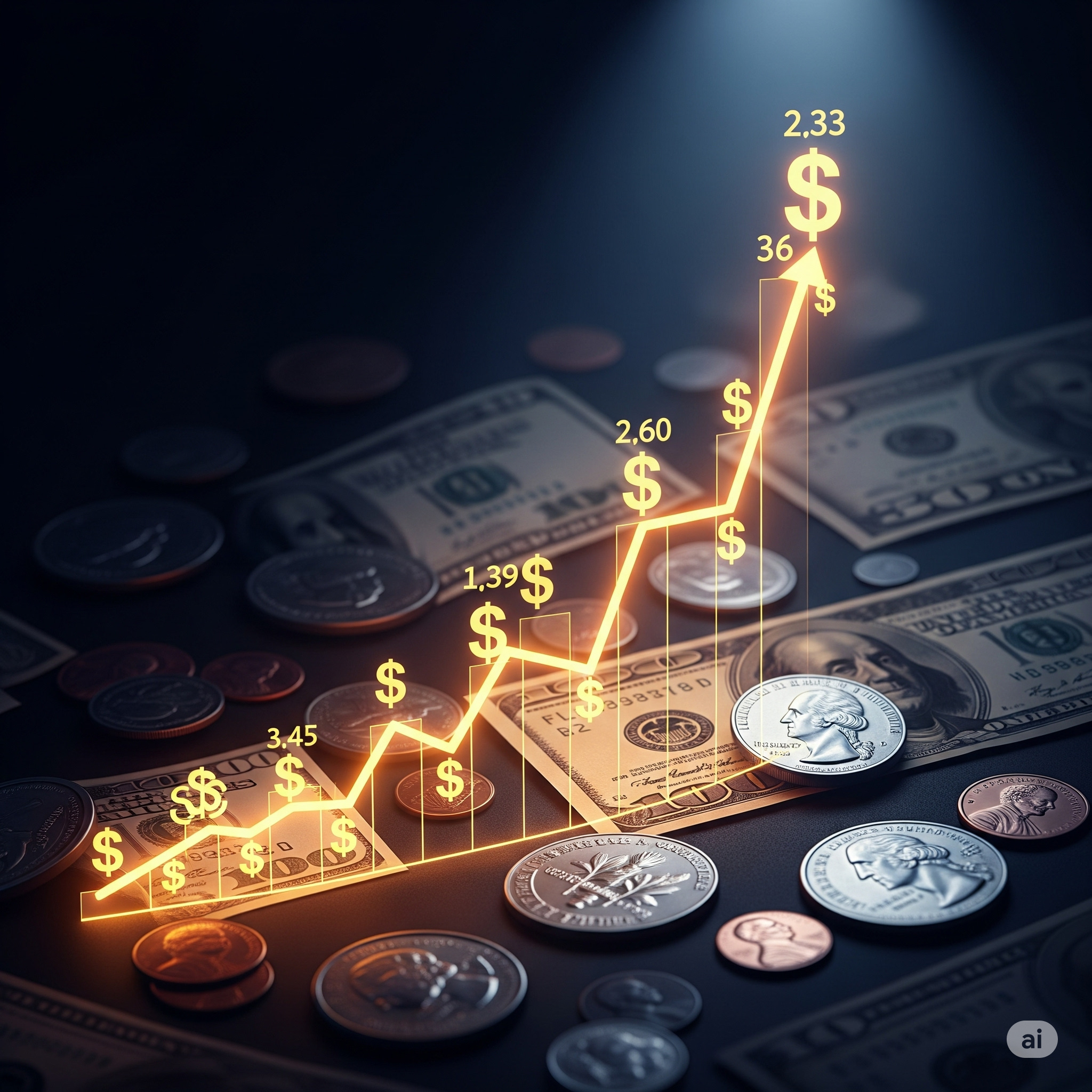Introduction
In the modern global economy, currencies are more than just a means of exchange; they are instruments of power, influence, and stability. Among all currencies, the US Dollar (USD) holds a unique position as the most dominant and powerful currency in the world. Despite the presence of other strong economies like the European Union, China, Japan, and the United Kingdom, the dollar continues to have higher value, credibility, and widespread use in global trade and finance.
This raises a fundamental question: Why does the US dollar have more value than currencies of other powerful nations, and what strategies did America adopt to strengthen it?
This article explores the historical, economic, political, and strategic aspects behind the rise of the dollar, the mechanisms that sustain its dominance, and the future prospects of American financial supremacy.
1. Historical Roots of Dollar Dominance
1.1 Bretton Woods System (1944)
After World War II, world leaders gathered at Bretton Woods, New Hampshire in 1944 to design a new international monetary system. The US, being the least damaged by the war and possessing two-thirds of the world’s gold reserves, became the center of this system.
- The US dollar was pegged to gold at $35 per ounce.
- Other countries pegged their currencies to the dollar.
- This effectively made the dollar the world’s reserve currency.
1.2 The Collapse of the Gold Standard (1971)
In 1971, President Richard Nixon ended the dollar’s convertibility into gold (the “Nixon Shock”). While this could have weakened the dollar, America struck another powerful deal.
1.3 The Petrodollar System
In the 1970s, the US made agreements with oil-producing nations like Saudi Arabia. These countries agreed to sell oil only in US dollars. Since oil is the backbone of global energy, nations worldwide were forced to keep large dollar reserves. This gave the dollar a permanent demand advantage over all other currencies.
2. Economic Strength of the United States
2.1 Largest Economy in the World
The US consistently ranks as the largest or second-largest economy (measured by GDP). A strong economy translates into trust in its currency.
2.2 Deep and Liquid Financial Markets
America has the world’s biggest and most stable financial markets (New York Stock Exchange, NASDAQ, bond markets). Investors worldwide buy US Treasury Bonds because they are considered safe.
2.3 Innovation and Productivity
From Silicon Valley to biotechnology, American industries are global leaders in innovation. This gives the dollar backing from real economic strength, not just political decisions.
3. Military and Political Power
3.1 US Military Superpower
The US military presence across the globe ensures geopolitical dominance. Countries often trust the dollar because they see America as a protector of stability.
3.2 Political Stability
Compared to many other regions, the US political system—though imperfect—offers more stability and predictability. This makes investors more comfortable keeping wealth in dollars.
4. Strategic Moves by the United States
4.1 The Dollar as a Safe-Haven Currency
Whenever there is a global crisis (financial crashes, wars, pandemics), investors flock to the dollar. The US carefully maintains this “safe haven” reputation by ensuring the dollar retains stability even in uncertain times.
4.2 Role of International Institutions
The US played a key role in establishing IMF (International Monetary Fund) and World Bank, both headquartered in Washington. These institutions lend money mostly in dollars, reinforcing its dominance.
4.3 Sanctions and Global Control
The US uses the dollar’s dominance as a political tool. For example, countries under American sanctions (like Iran or Russia) face difficulties in global trade because most international transactions rely on the dollar-based SWIFT system.
5. Why Other Strong Countries Cannot Replace the Dollar
5.1 The Euro (European Union)
- Strong but fragmented due to differing national policies.
- The Eurozone debt crisis (2009–2012) weakened trust.
5.2 The Chinese Yuan (Renminbi)
- China’s economy is large, but the Yuan is not freely convertible.
- Strict government control reduces international trust.
5.3 Japanese Yen & British Pound
- Both economies are strong but relatively smaller.
- Neither has the political, military, or global institutional influence like the US.
6. Mechanisms Behind Dollar’s High Value
- Global Oil and Commodity Trade – Conducted in dollars.
- Foreign Exchange Reserves – Around 60% of world reserves are in USD.
- International Debt – Most loans and bonds are issued in dollars.
- Tourism and Remittances – The dollar is accepted almost everywhere.
- Trust Factor – Long-standing belief in American economic resilience.
7. Challenges to Dollar Dominance
Although the dollar is strong, it faces challenges:
- Rise of China’s Yuan through the Belt and Road Initiative.
- Cryptocurrencies like Bitcoin gaining traction.
- BRICS nations (Brazil, Russia, India, China, South Africa) discussing a new currency for trade.
- Debt and inflation in the US creating concerns about sustainability.
Still, none of these alternatives has yet matched the dollar’s scale, stability, and trust.
8. The Strategy Behind America’s Dollar Supremacy
The US dollar’s high value is not accidental but the result of a well-designed strategy spanning decades:
- Building trust through the gold standard (1944–1971).
- Establishing the petrodollar system for permanent demand.
- Dominating international institutions like the IMF and World Bank.
- Strengthening Wall Street as the global financial hub.
- Maintaining military power to secure global influence.
- Promoting innovation and economic strength to keep investors confident.
Conclusion
The US dollar is more than just a currency—it is a symbol of American power, trust, and global influence. Its dominance comes from a combination of historical decisions (Bretton Woods, petrodollar), economic might, military strength, and strategic use of global institutions.
Other powerful nations may have strong economies, but none has been able to combine all these elements in a way that challenges the dollar’s supremacy.
For students of economics and international relations, the story of the US dollar shows how economic policy, strategy, and power politics intertwine to shape the global financial system.
The dollar’s dominance may face new challenges in the 21st century, but for now, it remains the most powerful currency in the world.




